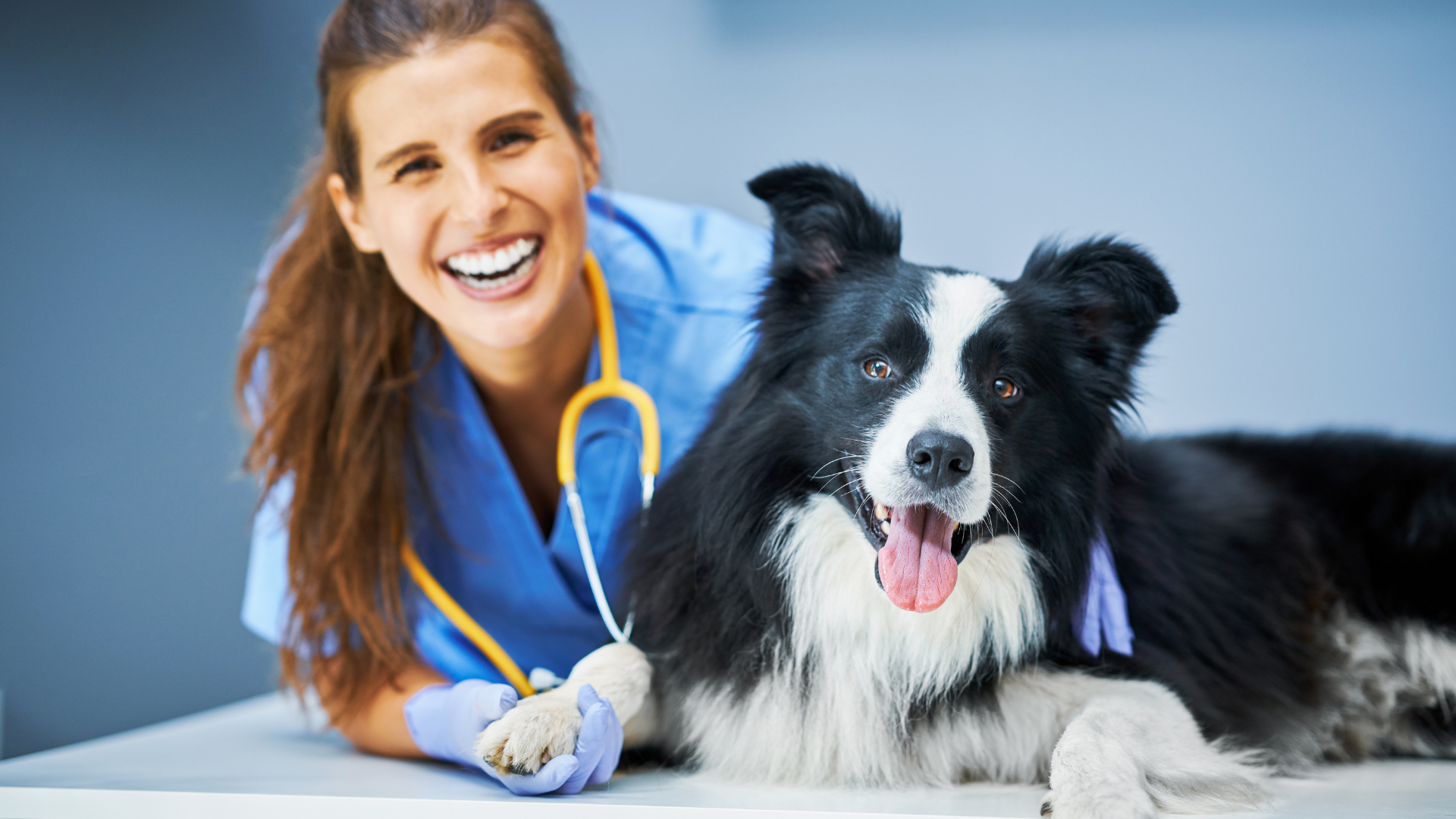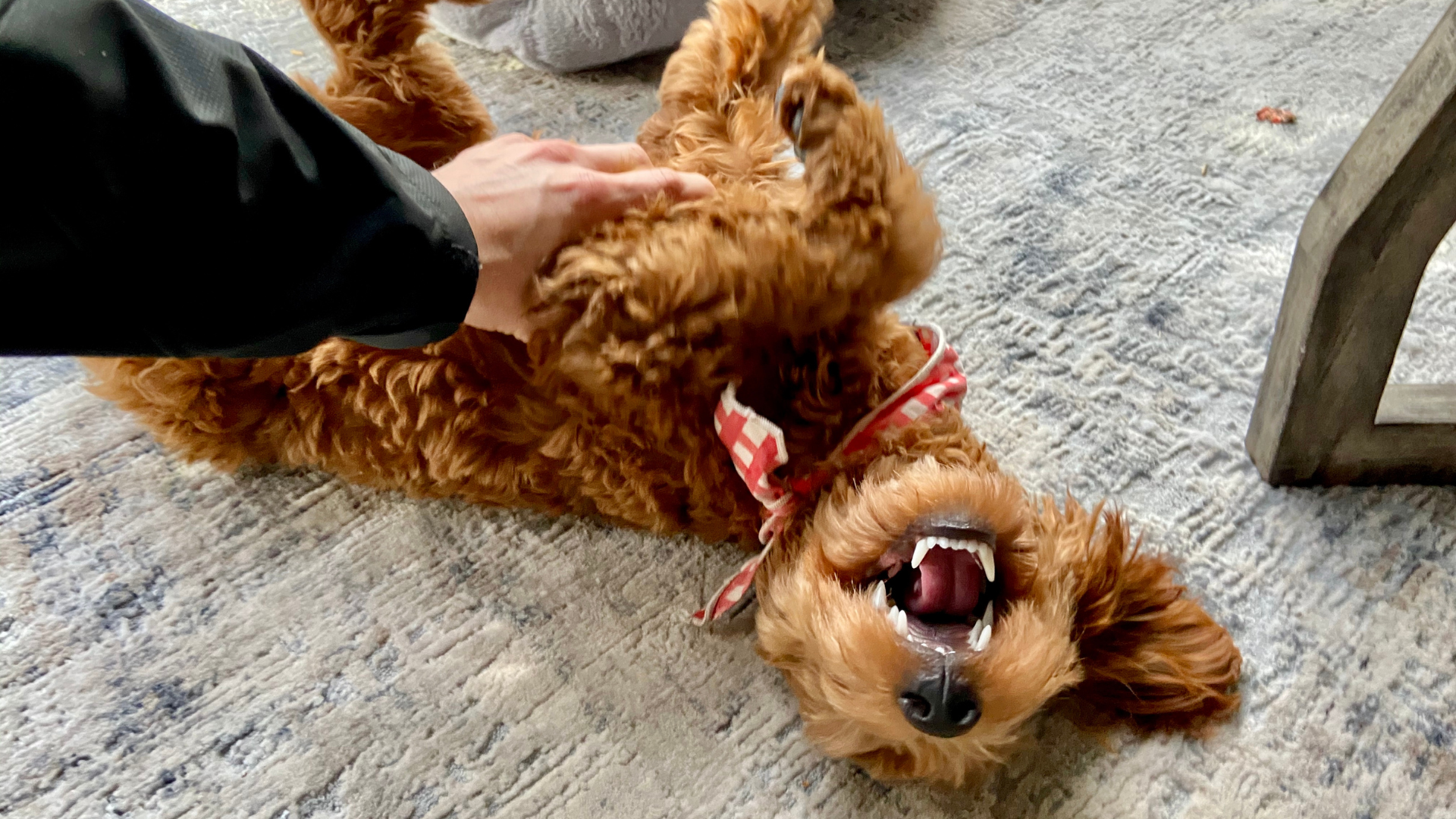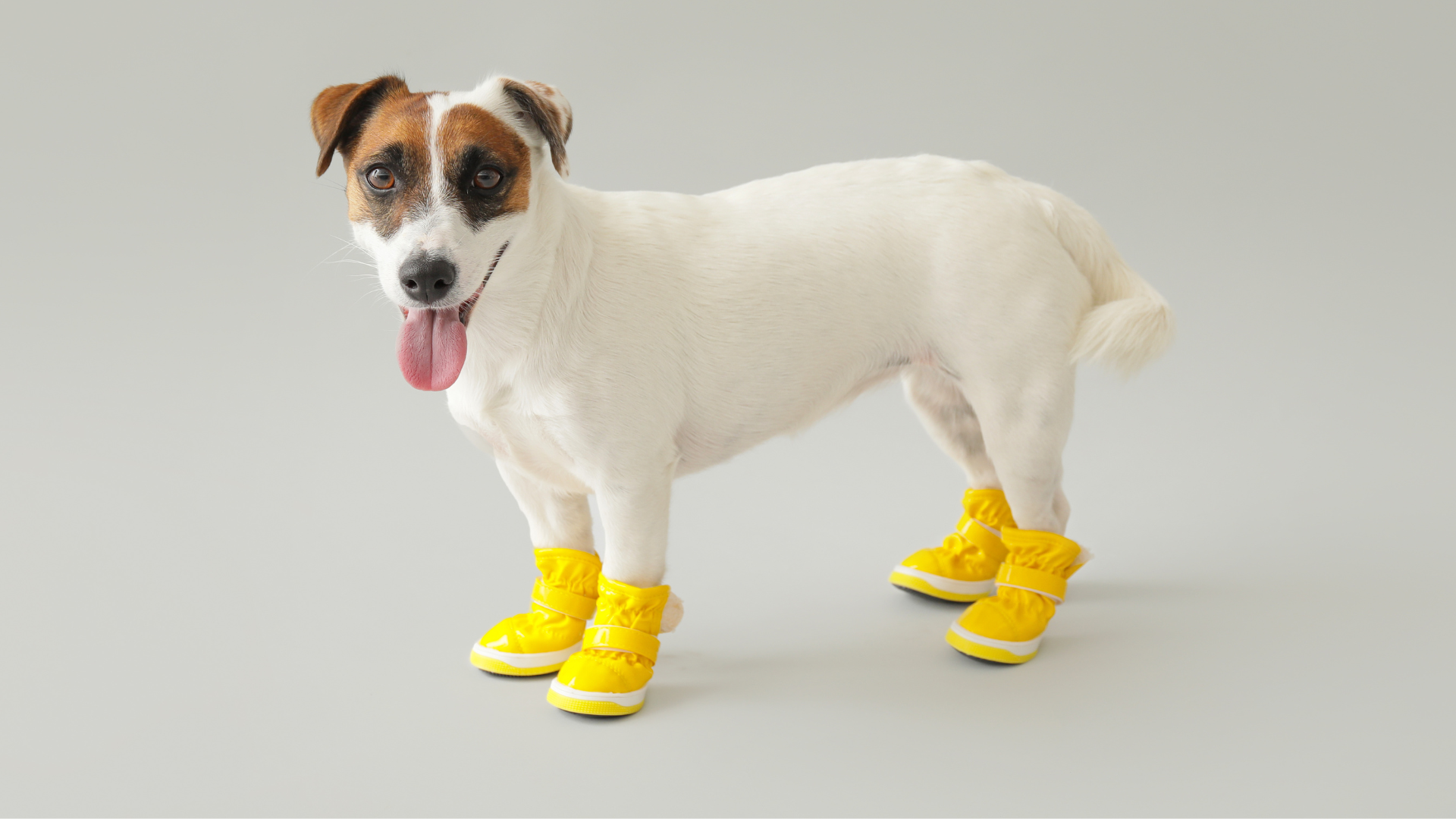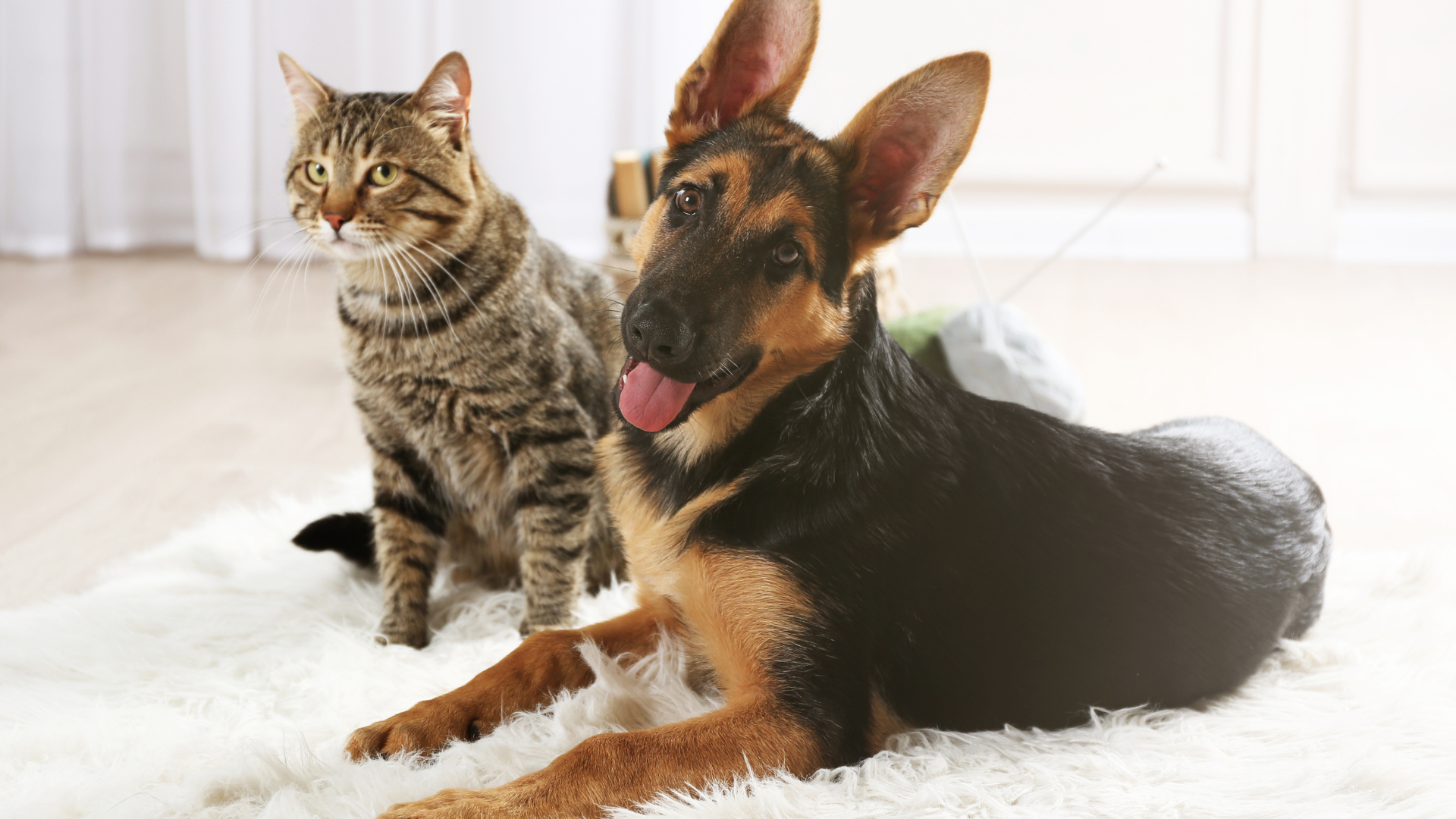Training a deaf dog may sound intimidating at first, but with the right approach, it’s not only achievable—it’s deeply rewarding. Deaf dogs rely on visual and tactile cues rather than verbal commands, which opens the door to a whole new form of communication between you and your pup. With patience, creativity, and consistency, you can build a strong foundation rooted in trust and clear hand signals.
This guide will walk you through the essentials of deaf dog training, from establishing communication to building routines that help your dog feel secure and confident. We’ll cover how to teach attention cues like “watch me,” how to use visual reward markers, and how to reduce your dog’s startle response. Whether you’re caring for a deaf puppy or supporting a senior dog with hearing loss, you’ll find tips and tools to make training successful at every stage.
Along the way, we’ll also highlight natural ways to maintain a calm, clean environment with the help of products like Carpet Deodorizers, Laundry Powders, and All Purpose Cleaners from Good Natured Brand. Let’s dive in.
Why Deaf Dog Training Works
Just like hearing dogs, deaf dogs are incredibly capable of learning commands, routines, and good manners—they simply need to be taught using a different communication style. While hearing dogs respond to spoken words, deaf dogs rely on body language, visual cues, and touch.
Studies have shown that dogs actually respond more accurately to hand signals than verbal commands. In one study, dogs trained using hand signals had a 99% accuracy rate compared to 82% when trained with voice commands. This proves that deaf dog training isn’t a limitation—it’s a powerful opportunity to strengthen the bond between you and your pet through clear, nonverbal communication.
Deaf dog training is especially effective when it’s based on positive reinforcement. Just like any dog, your pup will respond best to consistency, rewards, and a calm, structured environment. That means every successful command should be followed by a visual “yes” signal (like a thumbs-up), praise, or a treat.
Establishing Trust and Reducing Startle Response
If your dog is newly deaf—or if you’ve just adopted a deaf dog—building trust is the first step in the training journey. Deaf dogs may be more easily startled since they can't hear people or other animals approaching. That’s why it's important to always approach your dog within their line of vision and avoid touching them abruptly from behind.
Use gentle methods to wake or get your dog’s attention, such as tapping the floor with your foot, waving, or softly touching them in the same spot each time (like the shoulder). Over time, they’ll associate these actions with positive outcomes, especially if you follow up with a treat or their favorite toy.
In the home, you can support a low-stress environment by keeping your dog’s living space organized and clean. Removing distracting scents or messes can help reduce anxiety, especially for dogs that rely on their sense of smell more heavily. A quick clean with a natural, pet-safe All Purpose Cleaner can help keep surfaces fresh without introducing harsh chemicals that might overwhelm your dog’s senses.
If your dog sleeps on a blanket or in a cozy bed, regular washing using Laundry Powders can reduce buildup from dander and keep their area feeling safe and consistent. Familiar scents go a long way in helping dogs feel grounded and calm.
Teaching the “Watch Me” Command
For deaf dogs, eye contact is the gateway to all communication. The “watch me” cue is one of the most important skills to teach—it’s how your dog knows it’s time to pay attention and receive a command. Think of it as your dog’s way of saying, “I’m listening.”
Start by holding a treat up to your face and pointing to your nose. As soon as your dog makes eye contact, reward them with the treat and a visual marker like a thumbs-up. Repeat this process until your dog begins to associate the nose point with the action of looking at you.
Over time, you can phase out the treat and rely on the visual signal alone. Eventually, your dog will check in with you frequently, even during walks or while playing in the yard. This foundational cue makes all other training—like “sit,” “stay,” or “come”—much easier to teach and reinforce.
You can also use this opportunity to reinforce consistency in your home. For example, if your dog always trains in the same space, keeping that area clean and scent-neutral can help minimize distractions. Freshening rugs or nearby bedding with Carpet Deodorizers can remove lingering odors and create a calm environment where your dog knows it’s time to focus.
Introducing Visual Reward Markers
In traditional dog training, a clicker is often used to “mark” the exact moment a dog performs the correct behavior. Since deaf dogs can’t hear the click, a visual marker takes its place. This could be a thumbs-up gesture, a quick hand flash, or even a small light if you're training at night.
The key is to pick one marker and use it consistently. Show the signal every time your dog does the right thing—then immediately follow with a treat. This helps bridge the communication gap and tells your dog, “Yes, that’s what I wanted!”
Be patient as your dog makes the connection. Repetition and consistency are everything in deaf dog training. Once your dog learns that the visual marker leads to rewards, they’ll be eager to keep trying new cues and tricks.
Choosing or Designing Hand Signals
When training a deaf dog, consistency is everything—and that starts with selecting or creating clear hand signals. You don’t need to reinvent the wheel. Many trainers and deaf dog owners use variations of American Sign Language (ASL), but you can also create your own gestures as long as you remain consistent.
Start with simple signals for basic commands like “sit,” “stay,” “come,” and “down.” Make each gesture distinct and easy to recognize from a distance. For example, an open palm facing down can mean “sit,” while a raised hand may signal “stay.” Once chosen, use these hand signals across all training situations to prevent confusion.
You may want to practice signals in a clean, uncluttered space where your dog isn’t overwhelmed by background noise or scent. Maintaining a distraction-free training area is easier when surfaces are regularly wiped down with All Purpose Cleaners, ensuring your dog stays focused and the space remains pet-safe.
Training Basic Commands with Signals
Start with the core cues that your dog will use every day: “sit,” “down,” “stay,” “come,” and “leave it.” Each of these can be taught using visual lures, hand gestures, and immediate rewards.
For “sit,” hold a treat near your dog’s nose, then slowly move it upward. As your dog follows the treat with their head, their rear naturally lowers. Once they sit, flash your visual marker (like a thumbs-up) and reward them. Pair this with your chosen hand signal for “sit.”
Repeat the process for “down” by lowering the treat to the ground between their paws. Again, when the behavior is performed, mark it with your signal and offer a treat.
“Stay” is more advanced and should only be introduced once your dog understands how to maintain eye contact and respond to a hand gesture. Use an open palm in front of their face and take one step back. If your dog remains in place, mark and reward.
Training sessions should be short—about 5 to 10 minutes—and always end on a positive note. After training, let your dog relax in their favorite space. If they’re using the same area every day, keep it inviting with a refreshed bed and clean surfaces. You can clean any soft furnishings or blankets using Laundry Powders for a naturally fresh finish.
Teaching Recall with Eye Contact
Recall is one of the most important and challenging commands to teach a deaf dog, but it’s absolutely possible with a little creativity and consistency. Since you can’t call your dog by name, you’ll rely heavily on getting their attention visually or through vibration and movement.
Start in a low-distraction environment. Encourage your dog to look at you by waving or stomping your foot. Once they make eye contact, use your hand signal for “come”—often a sweeping arm motion toward your body—and reward them generously when they approach.
You can also use tools like vibrating collars (not shock collars) to help gain their attention from a distance. The vibration simply acts as a cue to look at you—not a correction. Always follow up a vibration with a visible cue and a reward to help your dog make the connection.
Make recall fun by playing games like hide and seek in your home or backyard. If your dog gets muddy or tracks in dirt during play, use Carpet Deodorizers to keep your home clean and fresh without introducing chemicals that could irritate your dog’s sensitive nose.
Teaching Attention and Impulse Control
Teaching a deaf dog to focus in high-distraction situations takes time. Start by reinforcing the “watch me” command with increasing distractions—begin indoors, then move outdoors, then add other dogs or people nearby.
Impulse control commands like “leave it” or “stay” help your dog understand that they need to look to you for permission before acting. Use clear, consistent signals and be patient—these commands often take longer to master but are invaluable in daily life.
Reinforce calm behavior with a visual marker and a treat when your dog resists the temptation to lunge at food, chase a squirrel, or run out the door. These moments of success should be celebrated, just as you would with any other dog.
Keeping training consistent also means maintaining a clean, routine-driven environment. For example, if your dog is used to training after meals or after outdoor play, make sure their space is comfortable and odor-free using Carpet Deodorizers or a quick wipe-down with All Purpose Cleaners.
Using Visual Markers and Fading Treats
Just like with hearing dogs, the goal with deaf dog training is eventually to reduce the reliance on food rewards while still reinforcing good behavior. Once your dog consistently responds to a command, begin rewarding only the best efforts and replace treats with praise, toys, or physical affection.
A consistent visual marker remains useful even after treats fade. Your thumbs-up, hand flash, or light tap will continue to serve as a bridge between the behavior and the reward. This consistency is what keeps your dog engaged and responsive long after the initial training phase.
It’s also important to ensure that your reward system is paired with a healthy home environment. Bedding, mats, and training blankets should be washed regularly using Laundry Powders to avoid buildup of pet oils, allergens, or bacteria—especially if you use treats or high-value chews during training sessions.
Socialization and Interaction with Other Dogs
Socializing a deaf dog can be a rewarding yet nuanced experience. Because they cannot hear verbal cues or other dogs' vocalizations, you’ll need to be extra observant of body language—both your dog’s and others’. Early and positive socialization is key to preventing fear-based behaviors and helping your dog feel comfortable in new situations.
Start with calm, dog-friendly companions in a controlled environment. Allow your dog to observe at their own pace. Use your established hand signals to redirect or encourage interaction when needed. If your dog becomes overwhelmed, remove them gently and give them space to decompress.
Visual recall cues are especially helpful in group settings. Practice using a flashlight blink or wide hand signal from a distance to get your dog’s attention in off-leash areas. Keep sessions short and positive, and reward your dog with praise, treats, or play for responding to your cues.
Clean, consistent environments help with this training. After social play sessions, use All Purpose Cleaners to sanitize toys and gear, and refresh any common areas where dogs have played to maintain hygiene and comfort.
Life-Stage Adjustments and Sensory Overlap
As dogs age, many begin to lose hearing gradually. For some, blindness may accompany deafness, especially in senior or genetically predisposed breeds. These dogs benefit from multi-sensory cues that combine touch, scent, and visual signals.
To help a deaf and partially blind dog, maintain a structured layout in your home. Avoid moving furniture, and use textured rugs or mats to create tactile “paths” that guide them safely through their environment. You can use scented markers near key areas like the food bowl or bed to help orient your dog. Keep these areas clean and odor-neutral with Carpet Deodorizers, which freshen without synthetic fragrances that might confuse your dog.
If your dog sleeps on a washable bed, routine laundering is a must. Use Laundry Powders to clean bedding without harsh chemicals, preserving familiar scents and ensuring comfort.
Senior dogs may also benefit from shorter training sessions, orthopedic beds, and more rest between exercises. Keep their mind sharp with gentle enrichment and continue using hand signals daily to reinforce the training they’ve already mastered.
Daily Life Integration and Home Safety
Living with a deaf dog means adjusting daily routines to match their needs. Create consistent visual cues in your home. Flashing lights can signal feeding time, while waving or stomping can let your dog know someone’s at the door. Use mirrors to your advantage—placing them where your dog can see movement behind them may help reduce startle reactions.
It’s also important to keep your home free of tripping hazards and messes. A clean, odor-free environment is particularly helpful for deaf dogs who depend more heavily on smell and touch. Use All Purpose Cleaners to clean floors and pet zones without introducing overpowering scents.
For dogs that spend time outdoors, safety is critical. Use a fenced yard, long leash, or GPS tracker when off-property. Never let your deaf dog roam freely where they could encounter traffic or unfamiliar animals. Consistent routines, boundaries, and visual recall cues are your best tools for building long-term trust and safety.
For more ideas on creating a safe, enriching home for your dog, visit the Good Natured Brand blog, where you’ll find helpful tips on pet care, natural cleaning, and routine building.
Tools, Products, and Enrichment for Deaf Dogs
Deaf dogs thrive on enrichment. Interactive toys, scent games, and puzzle feeders offer stimulation while reinforcing routine. You can also use touch cues like gentle tapping on the shoulder to get their attention or to signal specific commands in the home.
Keep your dog’s belongings clean to ensure a healthy environment. Whether it’s their bed, favorite blanket, or even a washable toy, a regular cycle in the wash with Laundry Powders ensures freshness and minimizes allergen buildup. Similarly, high-traffic areas like playrooms or training zones can be refreshed with Carpet Deodorizers, which neutralize odor naturally.
A calm environment not only supports learning—it also helps regulate your dog’s emotional response to stimuli. Clean smells, soft textures, and familiar routines all contribute to your dog’s feeling of safety and confidence.
When to Seek Professional Help
If you’re struggling with training challenges, don’t hesitate to reach out to a professional dog trainer—especially one experienced in working with deaf or special needs dogs. Signs that your dog may need extra support include persistent anxiety, failure to respond to visual cues after multiple sessions, or behavioral regression.
A professional can help you fine-tune your technique, troubleshoot any issues, and provide additional strategies that work specifically for your dog’s personality and learning style. They may also help introduce new tools like vibrating collars or safety harnesses, depending on your dog’s needs.
You can also continue to learn at home. The Good Natured Brand website offers natural product solutions for building routines, cleaning up training messes, and creating a safe, consistent environment for all pets—including those with hearing impairments.


















